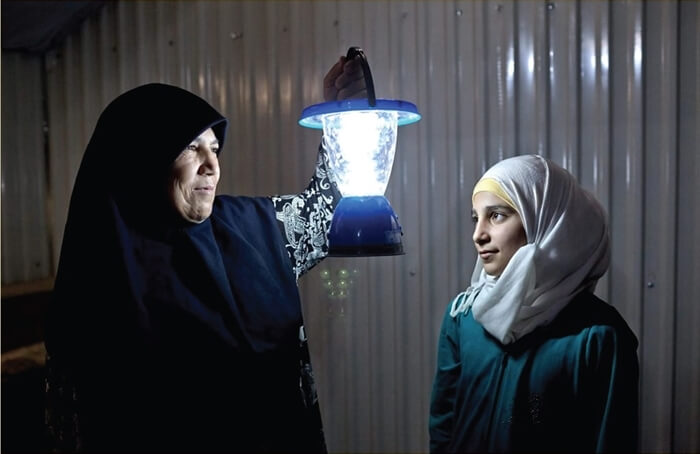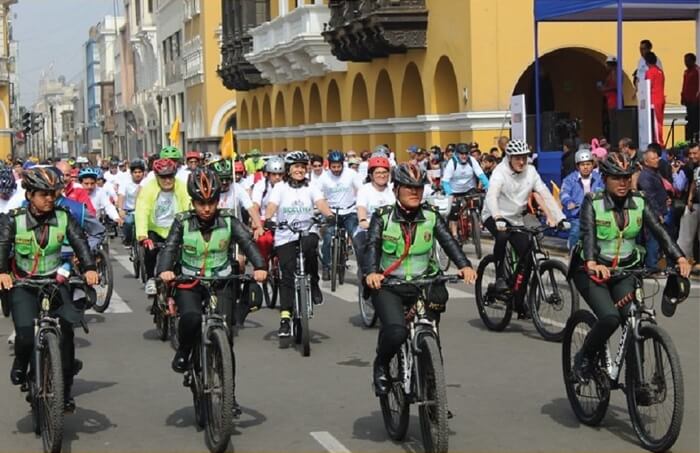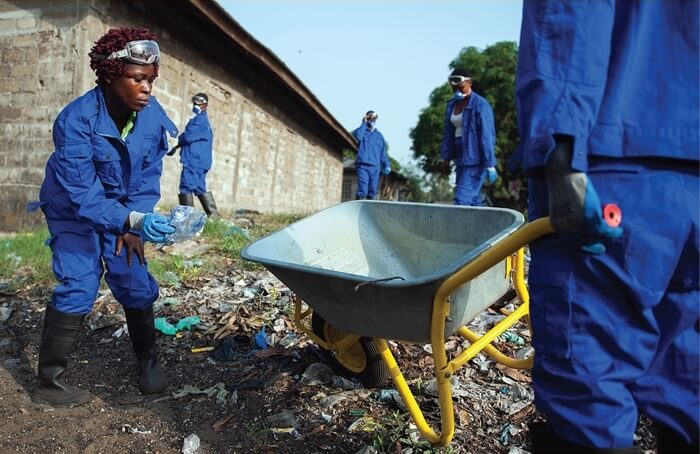Excerpt from blogs.worldbank.org
The Covid-19 pandemic brought global tourism and travel to a standstill. Although the health impact of the pandemic has been fairly contained in Maldives, its economic consequences for the tourism-dependent economy have been devastating. To contain the spread of the virus, the country closed its borders for the first time in history, between March 27 and July 15, 2020. This led to a sudden stop in tourism – the main driver of growth, jobs, and revenues.
But with the virus now contained and more than two thirds of the country’s population fully vaccinated, tourists have been steadily returning since late 2020. After an 18-year record low visitor number of just 555,494 in 2020, the country attracted 1.3 million visitors in 2021. Maldives has also successfully attracted tourists from new and emerging markets to supplement shortfalls in arrivals from previously high-performing markets like China. India and Russia were the leading markets in 2021, accounting for 22.1 percent and 16.8 percent of total tourists, respectively.
There is no doubt that tourism, which propelled Maldives into the ranks of middle-income countries and enabled it to narrow the gap with more advanced economies, has been key to the country’s development success. As the sector rebounds, it will continue to be vital to its future.
But disruptions stemming from the pandemic and new shocks from the war in Ukraine highlight the risks associated with reliance on a single economic activity. Tourism and related services directly contribute to 40 percent of the economy, 80 percent of exports and half of total revenues. With most Maldivians dependent on tourism and fisheries for their livelihoods, any impact on tourism will be felt across all corners of the archipelago.

Island Innovation is a social enterprise and digital media company at the intersection of sustainable development and communications, offering specialised services across various sectors. We bring together the private sector, government, utilities, NGOs and universities to advance innovation for sustainability and prosperity in islands worldwide.















